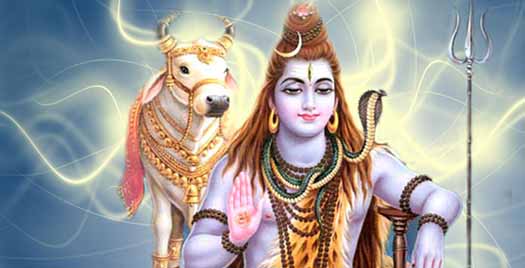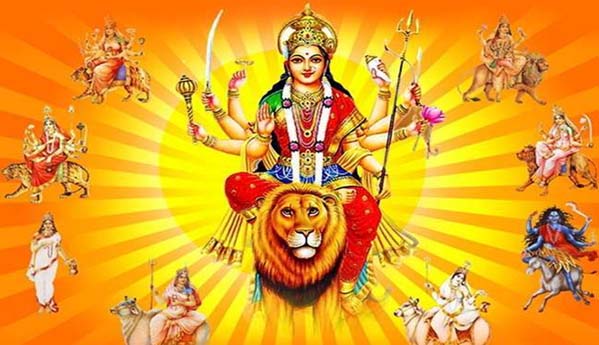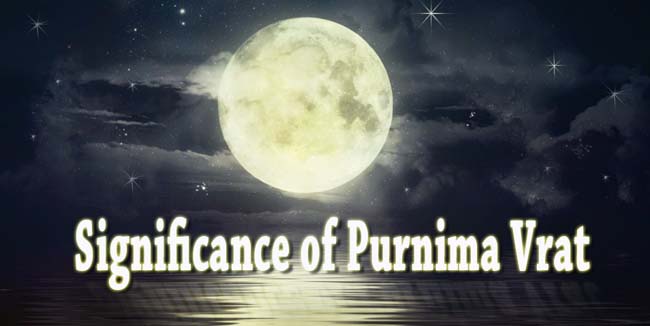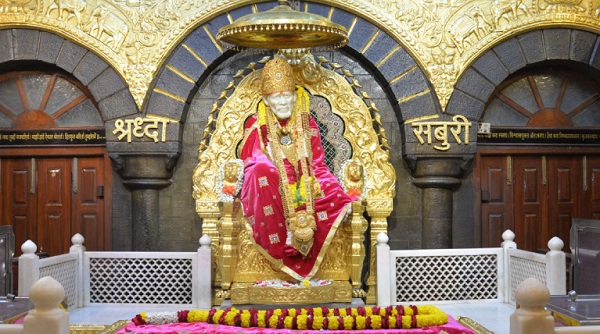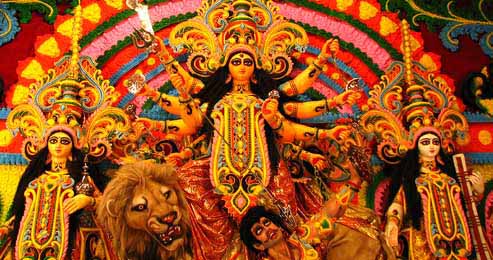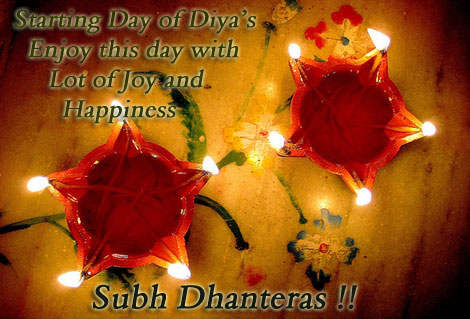
What is done on dhanteras – Dhantrayodashi
This festival of Dhanteras falls in the month of Kartik (Oct-Nov) on the thirteenth day of the dark fortnight or Krishan paksh. This auspicious day is celebrated two days before the festival of lights, Diwali. This day is regarded as the birth Anniversary of the God Dhanvantari, the physician of the God who is an…






